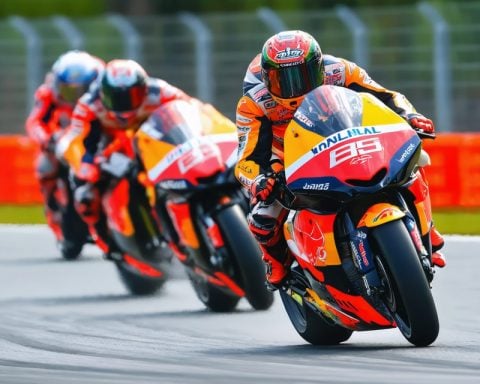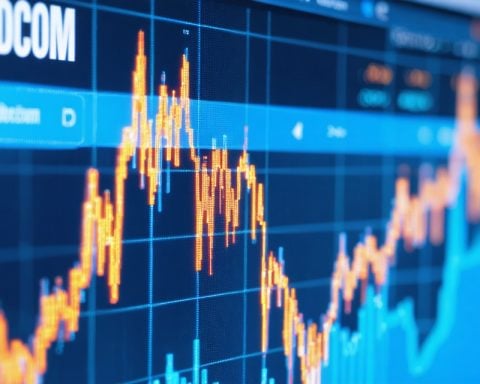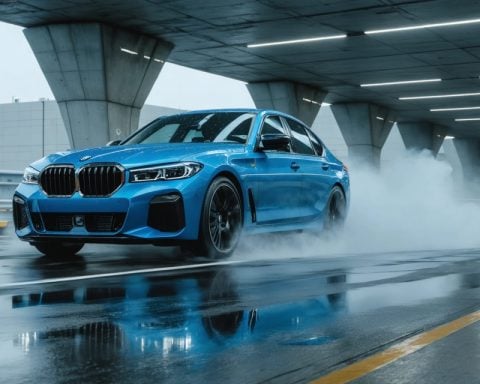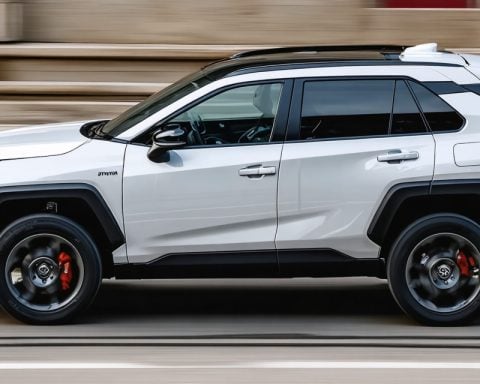The automotive landscape is shifting dramatically, and BMW is a key player in this transformation. The beloved X5 will soon embrace electrification with the introduction of its all-electric variant, the iX5, slated for 2026. This marks the beginning of BMW’s electrification strategy, with six new models, including hydrogen-powered options, on the horizon.
First breaking ground as BMW’s inaugural SUV in 1999, the X5 has sold around 2.2 million units. While the upcoming iX5 and a redesigned X5 will utilize an upgraded version of the Cluster Architecture platform, they will not incorporate BMW’s innovative Neue Klasse platform, primarily designed for electric vehicles. Nonetheless, the iX5 will adopt some advanced technologies from the Neue Klasse, such as new-generation batteries and an 800V electrical system.
Visually, the X5 and iX5 will present a modern look inspired by the Neue Klasse concept, featuring updated front fascias and sleek aerodynamics. Additionally, the BMW M Performance lineup won’t be left behind; the X5 M will retain its potent twin-turbo V8 engine, while an electric counterpart is anticipated in 2027.
As BMW continues to innovate, the future promises exciting advancements, ensuring the X5 remains a staple in the luxury SUV market, now fully equipped for the era of electric mobility.
The Broader Implications of BMW’s Electrification Strategy
BMW’s commitment to electrification, particularly with the launch of the iX5 in 2026, extends far beyond the automotive industry; it signifies a pivotal shift in global mobility trends. As one of the leading luxury car manufacturers, BMW’s transition signals to consumers and competitors alike that sustainable practices are not only feasible but essential for future growth. This move can significantly shape public opinion, encouraging consumers to prioritize eco-friendly options over traditional vehicles. With around 2.2 million X5 units sold, an electrified successor could sway millions more towards electric vehicles (EVs), directly impacting consumer behavior and expectations worldwide.
Furthermore, the introduction of hydrogen-derived technologies alongside all-electric variants illustrates the industry’s push for multipronged solutions to climate change. The transportation sector is a significant contributor to greenhouse gas emissions, and by diversifying their energy sources, brands like BMW play a crucial role in reducing their carbon footprint.
The projected enhancement of vehicle technology, including advanced battery systems and improved infrastructure, is expected to ripple across the entire global economy. Investments in EV manufacturing, battery technology, and charging networks may stimulate job creation and technological innovation. However, these advancements are not without challenges—disposing of electric car batteries properly and sourcing sustainable materials remain pressing concerns for eco-conscious consumers and industries.
As BMW leads the charge in this transformative era, the long-term significance lies not only in the vehicles produced but in shaping a more sustainable automotive industry. The trends initiated now are likely to dictate the automotive landscape for decades to come, influencing everything from urban development to international policies on climate change.
BMW’s Electric Revolution: What to Expect from the New iX5 and Beyond
The automotive landscape is transforming rapidly, and BMW is at the forefront of this evolution, particularly with its iconic X5 model. The brand is set to unveil the all-electric iX5 in 2026, a significant milestone in its electrification journey. This launch is part of a broader strategy that will introduce six new models, including hydrogen-powered vehicles, marking a significant pivot towards greener technology.
Key Features of the Upcoming iX5
The iX5 will utilize an enhanced version of the Cluster Architecture platform, which it shares with the redesigned gasoline variant of the X5. While it won’t completely integrate BMW’s Neue Klasse platform, developed specifically for electric vehicles, the iX5 will leverage some of its cutting-edge technologies. This includes:
– New-Generation Batteries: Designed for increased efficiency and longer ranges, the batteries will improve the overall performance of the iX5.
– 800V Electrical System: This system allows for faster charging times, making the iX5 a more practical choice for consumers looking to transition to electric vehicles.
Design Innovations
Visually, both the new X5 and the iX5 will take inspiration from the futuristic Neue Klasse concept, sporting modern aesthetics with:
– Updated front fascias that enhance aerodynamics.
– A sleek design language that aligns with current trends in luxury SUV styling.
Performance Expectations
For enthusiasts of sports performance, the X5 M will continue to showcase its robust twin-turbo V8 engine. Notably, an anticipated electric variant of the X5 M is expected to debut in 2027, indicating BMW’s commitment to providing high-performance electric options.
Pros and Cons of the iX5
Pros:
– Environmentally friendly, reducing carbon emissions.
– Advanced technology offerings improve usability and performance.
– Strong brand reputation and historical sales success with the X5.
Cons:
– The full embrace of electric technology may alienate traditional BMW enthusiasts.
– The initial market price of electric models may be higher compared to gasoline counterparts.
Market Trends and Predictions
In the broader context of automotive trends, electric vehicles (EVs) are gaining significant traction globally, with sales increasing year over year. As manufacturers like BMW invest heavily in EV technology, we can expect a more competitive marketplace featuring diverse electric options. Industry analysts predict that by 2030, the majority of new vehicle sales will consist of electric vehicles, pushing traditional automakers to adapt quickly.
Innovations and Insights
BMW’s commitment to sustainability extends beyond just electric powertrains. The introduction of hydrogen-powered options adds another layer to their electric vehicle strategy, positioning them to tackle a wider audience concerned about range and infrastructure limitations typically associated with battery electric vehicles.
Conclusion
As BMW prepares for the launch of the iX5 and other exciting models, the turn towards electrification represents a fundamental shift in their business model and product line-up. With innovative technologies, aesthetic updates, and a focus on performance, BMW aims to maintain its influential position within the luxury SUV market while embracing the future of mobility.
For more insights into BMW’s electric initiatives, visit the official BMW website.












